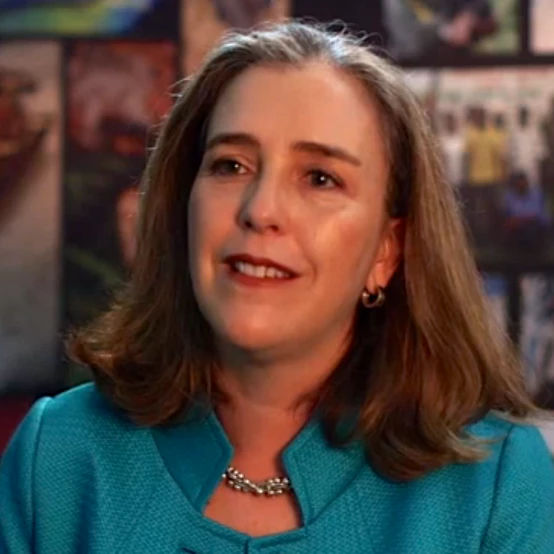
Awareness is certainly progressing. From the streets of Sao Paulo, Brazil - a country that hosts nothing less than the mighty Amazon River, to the farmlands of California, people are coming to the realization that resources such as water are not limitless. More and more businesses are looking at the security of their supply chains and the footprint of their operations with zeal fueled by self-interest. And countries seem poised to adopt Sustainable Development Goals that signal an understanding that economic, social and environmental issues are inherently interdependent.
Climate change, water shortages and other environmental crises are bringing home the message loud and clear: we need to connect the dots between human actions across the landscape and seascape, or the earth will cease to care for us. It will cease to grow food, to store water, to host fish and pollinators, to provide energy, medicine and timber. Changing temperatures will stress systems already overwhelmed by unsustainable patterns of production and consumption, while a growing middle class will further strain planetary boundaries.
How can we help economies develop better, for lasting poverty reduction and prosperity, within the limits of natural resources? How can we make more rational use of natural and financial resources to maximize social and economic benefits and reduce carbon emissions while increasing our resilience to climate extremes?
Some of the answers fall in the realm of technical adaptations – think drought resistant crops to feed growing populations, mangrove restoration to protect coastal populations from storm damage, or renewable energy investments that decouple growth from carbon emissions.
Many of the solutions however will require breaking down the walls of specific sectors – forestry, agriculture, energy, transport, health – and working with a variety of stakeholders across landscapes, seascapes and cities to achieve multiple goals at once. There simply isn’t enough time or money to pursue isolated and contradictory solutions.
In this context, it is particularly encouraging to see growing acceptance and demand for integrated approaches. In Mexico, government is working to rationalize agricultural subsidies so they don’t undermine forest carbon policies. In Tanzania, we’re helping the government understand the cost of mismanaging water for the potential of future hydropower development. Private businesses are also looking beyond their balance sheet and taking on zero deforestation pledges. In all these areas, a clear accounting of natural capital (in physical or dollar terms) helps zoom in on waste and plan more rationally for today and tomorrow’s growth.
The world is getting smaller – more constrained and interconnected. We have an opportunity to apply system-wide thinking and leverage data to solve the challenges of our time.
Please share your thoughts on potential game changers for sustainable development by participating in our Development Dialogue.


Join the Conversation